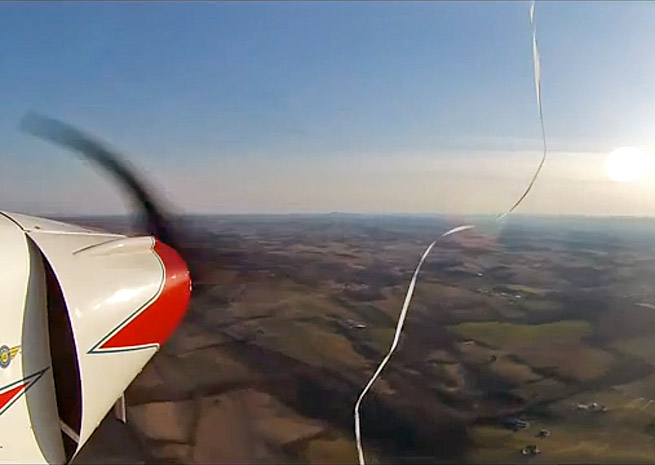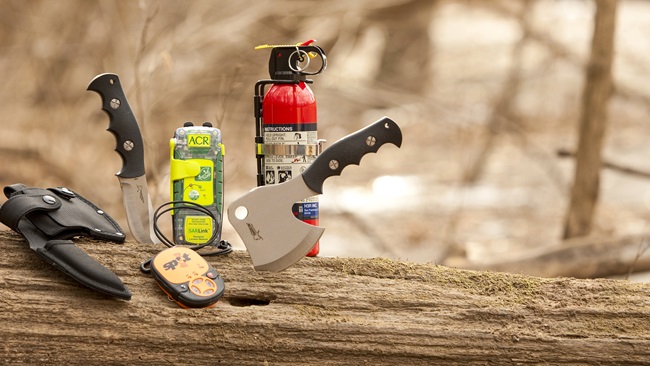One of the best tools for transforming a tentative student to a tiger is a simple roll of toilet paper.
Drop it from an airplane, let it unfurl, encourage your student to slice it with the wing, and watch all his or her timidity disappear. Your student will attack the falling streamer like a terrier—and any former reluctance to bank steeply or pull firmly will seem like a distant memory.
Here are a few suggestions for turning timidity into tenacity, and TP into confetti.
1. Buy single-ply paper. (It makes a longer ribbon.)
2. Unroll at least two feet of it before the drop. (Having a tail helps the roll unfurl.)
3. Be considerate about where you drop it. (A remote area that’s not particularly environmentally sensitive is best; take wind drift into account.)
4. If the light is low, fly toward the sun on the drop so that you’ll be looking down sun when you first acquire the target.
5. At a safe altitude, slow the airplane as much as practical and observe airspeed limits for opening windows or doors. Drop the roll in a way that it won’t strike any part of the airplane.
6. After the drop, fly straight ahead for about five seconds before turning. (If you turn too soon, you’ll end up circling the target and not striking it.)
7. Try to cut the paper with the wing that doesn’t have a pitot tube.
8. Go for the middle of the ribbon on each pass. (If you cut it at the bottom, the stream of paper will end up in a wad.)
9. Beware of your altitude and surroundings—and don’t chase the falling paper too low. (TP falls about 1,000 fpm.)
TP slicing seems like mischievous good fun, and it is, but it’s also a dynamic and challenging gambit that builds situational awareness while promoting precision and aggressive, coordinated maneuvering.
The technique that seems to work best for students is to continue straight ahead for about five seconds after the drop, then make a hard turn with 45 degrees of heading change to the right (a mini procedure turn); followed by a descending, 180-degree steep turn to the left. Look for the target at your 10-o’clock position at the end of the 180-degree turn.
Try to strike the TP halfway down the ribbon with a wing root, then continue straight ahead for about five seconds and repeat the turnaround procedure. If things work out perfectly, the ribbon gets shortened by half on each pass, and four or five passes should reduce it to little more than white, biodegradable fluff.
For your students, the results are far more lasting. TP slicing gets their eyes outside the cockpit and keeps them there. It encourages decisive and authoritative control handling. And it develops coordination and confidence. It also reinforces the all-too-often-forgotten notion that, at its core, flying is a whole lot of fun.
Email [email protected].

Relevant Reg FAR 91.15: Dropping objects
“No pilot in command of a civil aircraft may allow any object to be dropped from that aircraft in flight that creates a hazard to persons or property. However, this section does not prohibit the dropping of any object if reasonable precautions are taken to avoid injury or damage to persons or property.”



